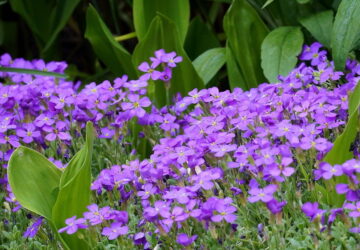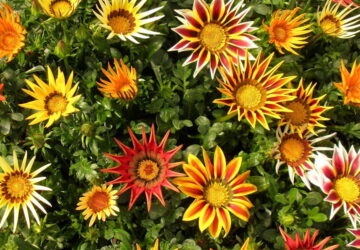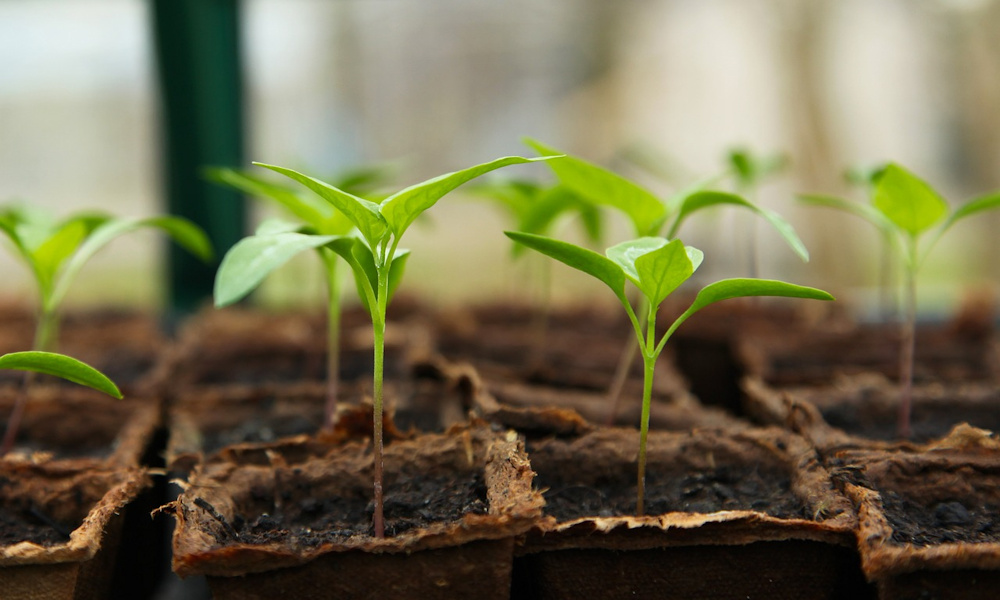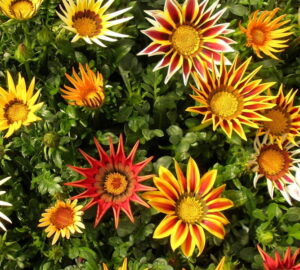As the frosty grip of winter begins to loosen its hold, it’s time to kickstart your gardening year by sowing the seeds of wonder. January marks the inception of a new growing season, and this is the ideal time to start cultivating plants that thrive in the chilly embrace of early spring. The canvas for your horticultural masterpiece? A sunny windowsill radiating warmth. Let’s embark on this botanical adventure with five delightful plant options.
Chili – Spice Up Your Year
With its snowy white blossoms and fiery red fruits, chili is a popular choice among gardeners. The secret to a bountiful harvest lies in early sowing, so January is your starting line. The germination period varies with each variety, typically ranging from 10 days to 5 weeks. To ensure robust seedling growth, provide a warm, well-lit environment, maintaining a temperature of around 21℃. A bright windowsill or a greenhouse offers the ideal conditions for these fiery darlings.
Begin by sowing chili seeds in small pots or seedling trays, burying them about 5 mm deep in the soil. Once your seedlings unfurl their second set of leaves, it’s time for a little thinning. Keep those culinary masterpieces on track for a delicious harvest.
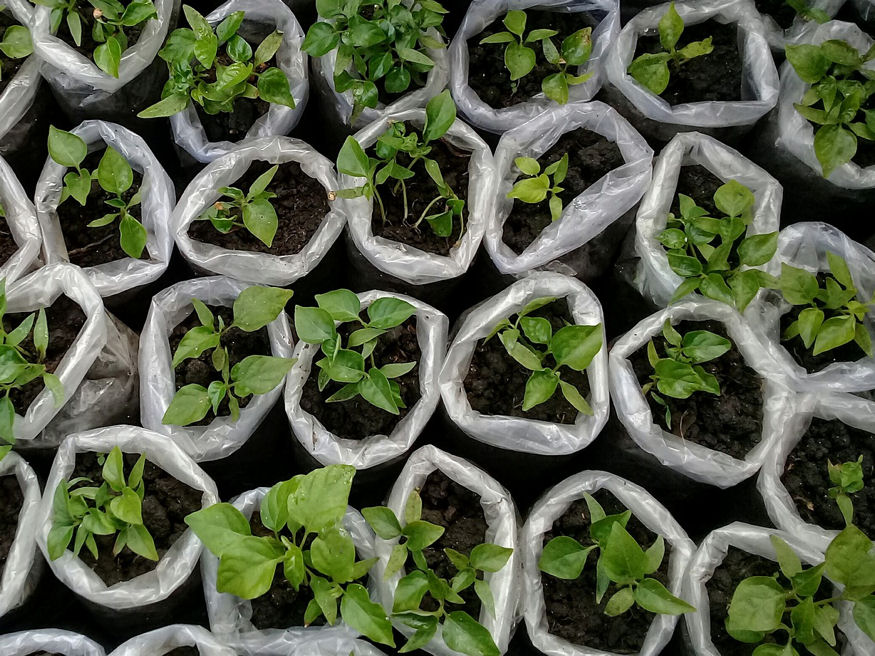
Ground Cherry – A Taste of Sunshine
The heat-loving ground cherry, scientifically known as Physalis peruviana, may seem like an unlikely January contender, but it’s possible. These sun-kissed gems can be started indoors in pots or seedling trays filled with quality soil. Maintaining a temperature of 25℃ during germination is crucial. In just 2-3 weeks, you can thin out your seedlings, and when frosty nights are behind you, it’s time to let them bask in the outdoor glory.
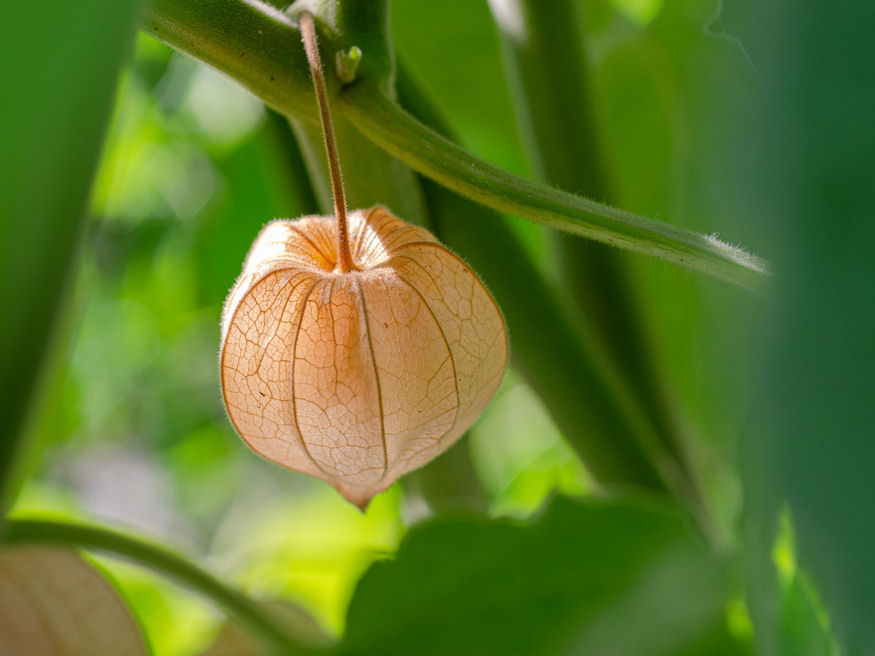
Eggplant – Mediterranean Marvel
Eggplants, those deep purple delights adored in Mediterranean cuisine, have a longer growing season. To indulge in a summer of homegrown goodness, sow your eggplant seeds in late January. These gems typically sprout within 2-4 weeks, thriving at temperatures between 22 and 26℃. You can usually get away with planting one seed per pot, but seedling trays work wonderfully as well. Expect to thin out your seedlings after 4-6 weeks, ensuring ample space for growth.
Cover your seeds with a thin layer of soil and create a mini greenhouse with plastic wrap to maintain moisture. Keep your future eggplants in a warm, well-lit location, shielding them from direct sunlight. By early May, you’ll be ready to transplant these flourishing seedlings into a foil tunnel or greenhouse, setting the stage for a bountiful summer harvest.
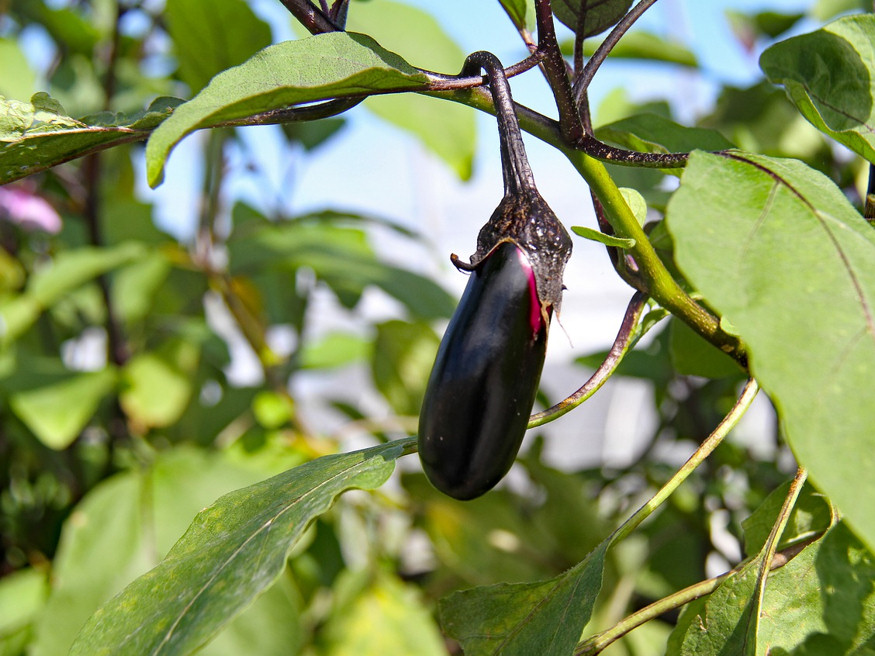
Christmas Rose – Nature’s Winter Elegance
As winter begins to wane, Christmas rose graces your garden with its delicate, enchanting flowers. This perennial beauty thrives in shaded spaces, beneath trees or among bushes. However, there’s a unique requirement to coax these seeds to life: they must experience a soil temperature of 22℃ to break their dormancy. Keep the soil consistently moist during this phase. Afterward, relocate the seeds to a cold spot, where the temperature should not exceed 4℃. After 6-8 weeks of this gradual temperature shift, your patience will be rewarded with sprouting seeds.
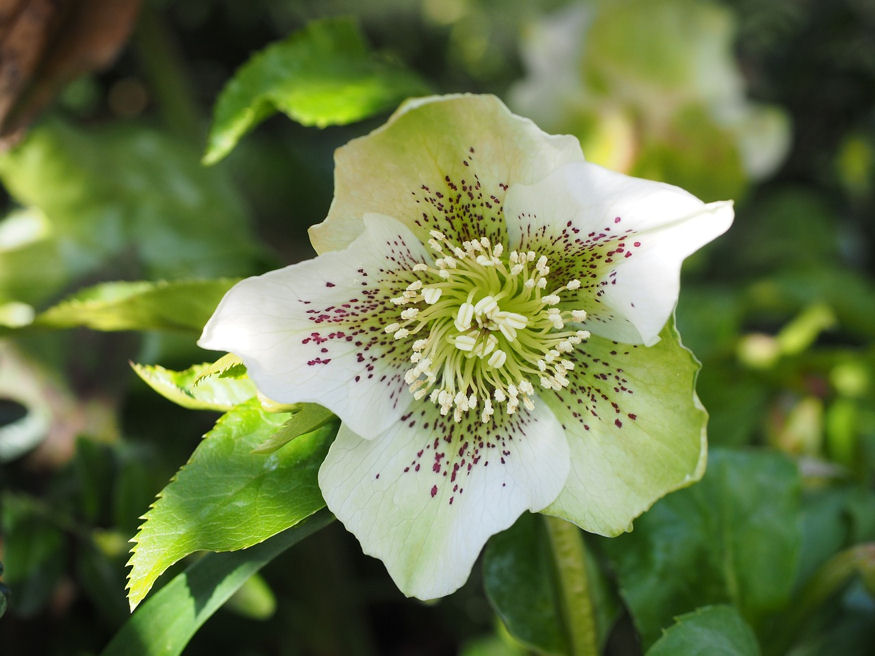
Snapdragons – The Sentinels of Color
Snapdragons (Antirrhinum majus) are a delightful addition to any garden. With their vibrant colors and distinctive, “snapping” flowers, they bring a sense of whimsy and elegance to your outdoor space. January is the perfect time to start their journey from seeds.
Sow snapdragon seeds in trays or pots filled with well-draining soil. Press the seeds gently into the soil, ensuring they are barely covered. Keep the soil consistently moist but not waterlogged. These charming flowers prefer a cool start, so a bright windowsill with temperatures around 15-18℃ is ideal for their germination.
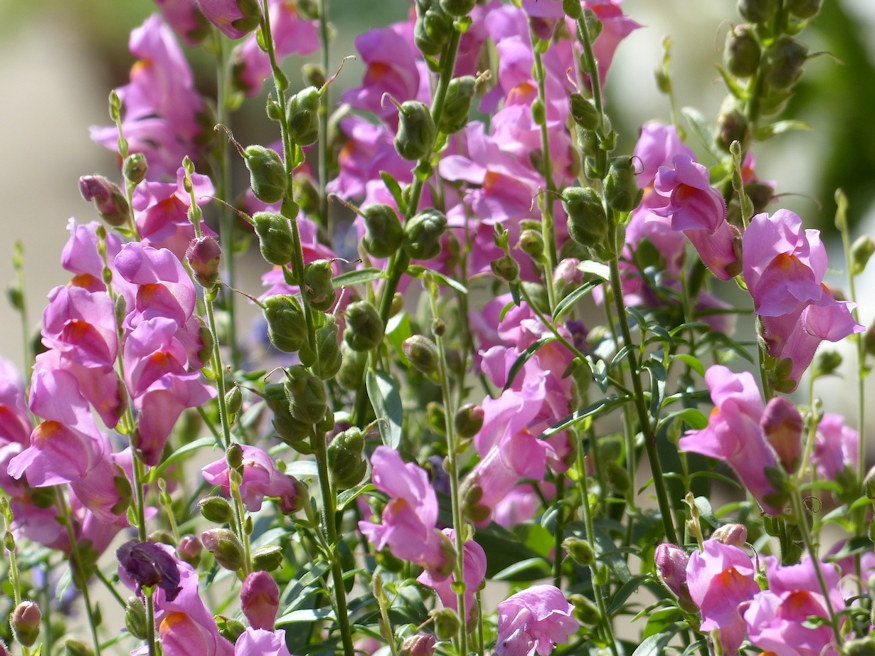
Seeds of Splendor: Embark on Your Winter Gardening Odyssey
Now, as we conclude our journey into the world of winter gardening, remember that every plant has its own story to tell and unique needs. This year, embrace the beauty and wonder of gardening by sowing these five remarkable plants in January.
